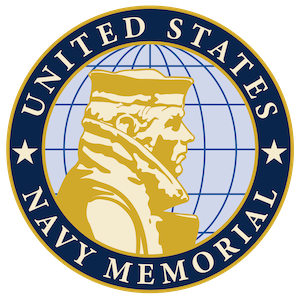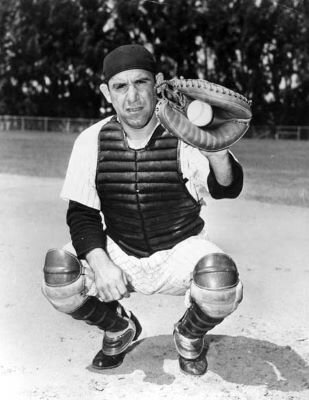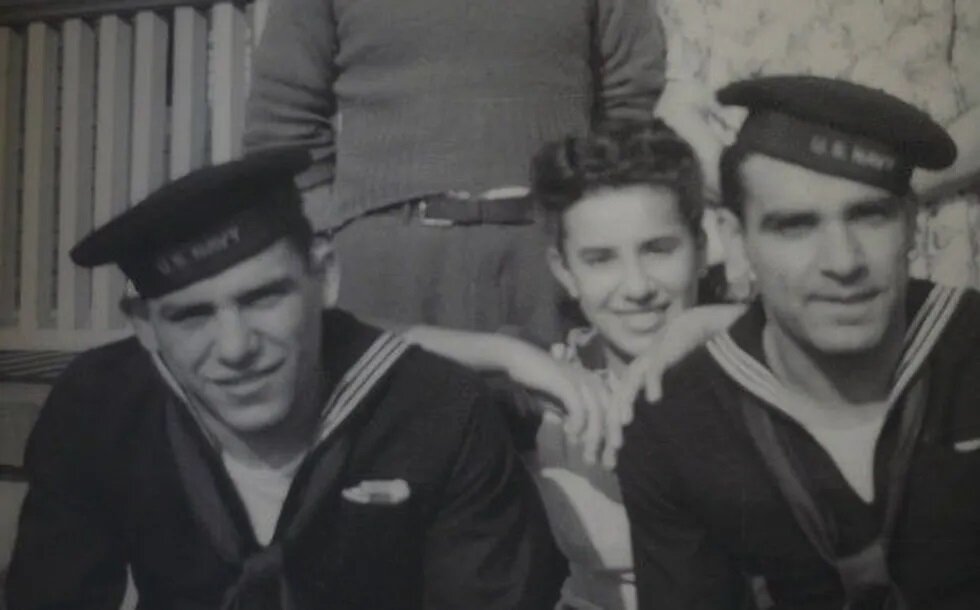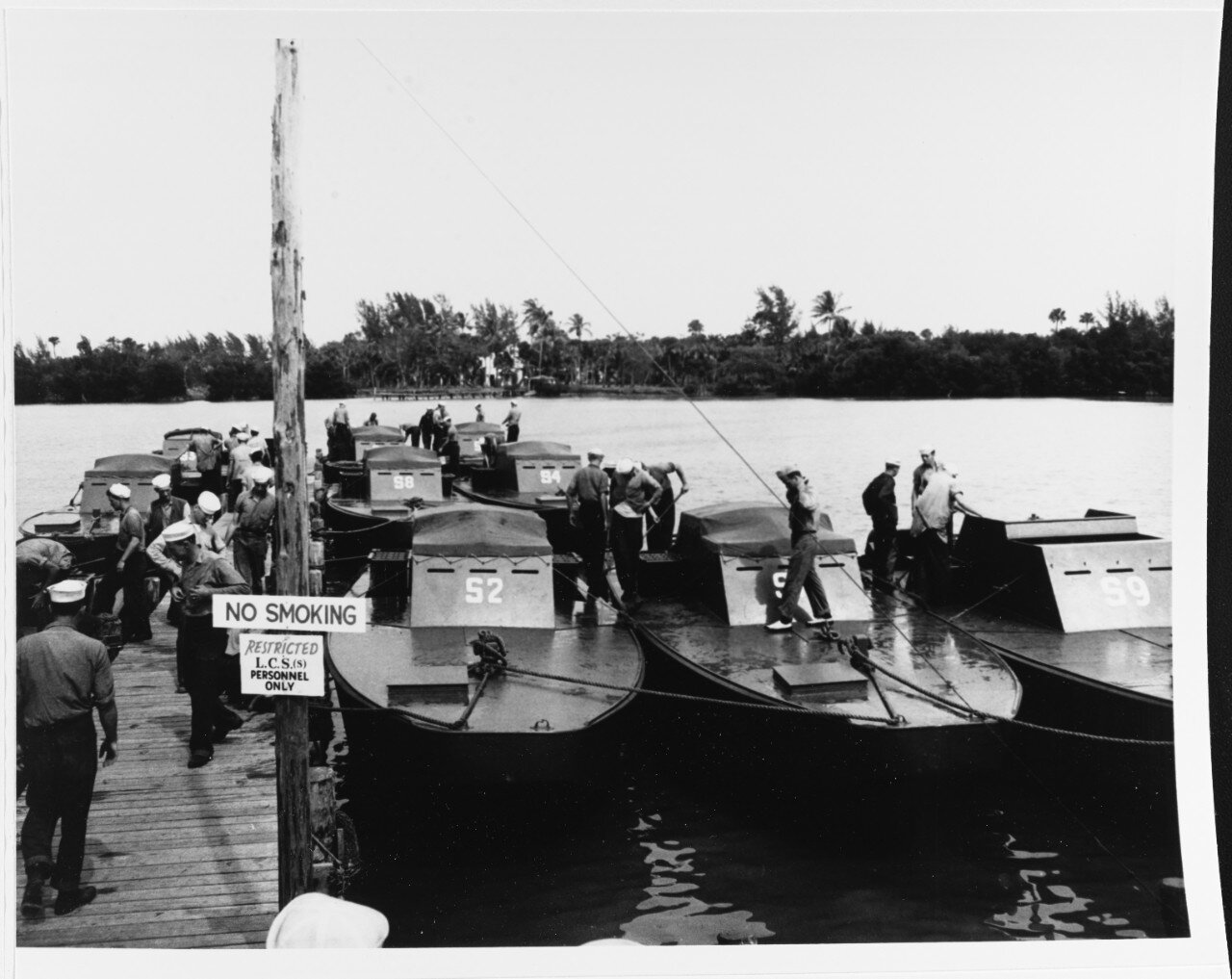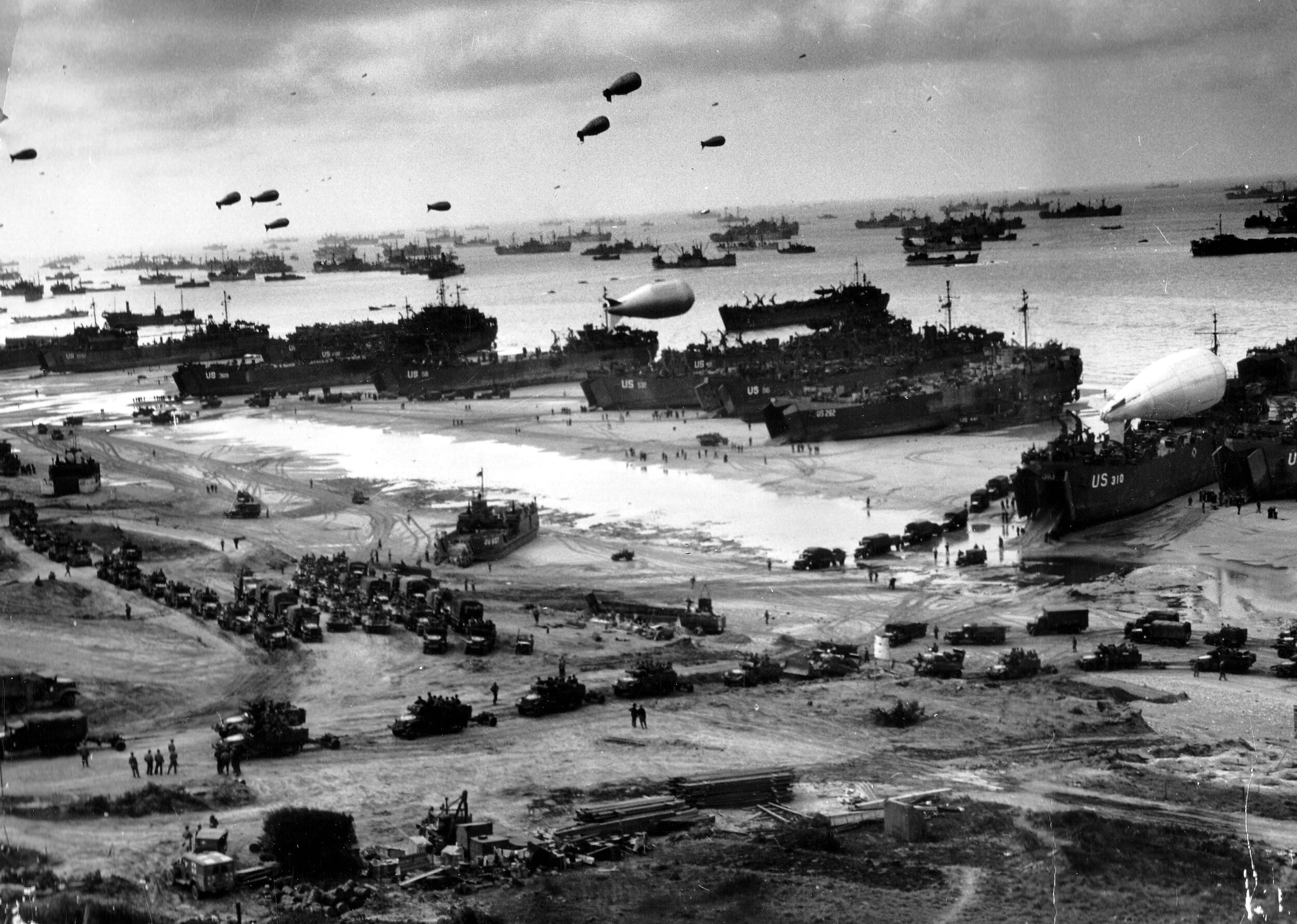Catching Heat in New York and Normandy: Yogi Berra at D-Day
Yogi played catcher for the Yankees for almost his entire 19-year career as a player—his last season was with the Mets.
Only a small handful of people have never heard of Lawrence Peter “Yogi” Berra. Whether a diehard baseball fan or a casual follower, surely everyone knows something about the legendary Yankee catcher. Stat enthusiasts tell stories about the fifteen times he was named an All-Star and the three years he was the American League’s MVP. Yankees fans proudly talk about the ten World Series rings he won in pinstripes out of fourteen career appearances while playing on Casey Stengel’s juggernaut roster of the 1950s. Nostalgic fans of old-time baseball reminisce on Yogi jumping into pitcher Don Larsen’s arms after throwing the only postseason perfect game in the 1956 World Series against the Brooklyn Dodgers. Some fondly remember his “Yogi-isms,” including some of his “wittiest” quips like, “It ain’t over til it’s over,” and, “baseball is 90 percent mental, the other half is physical.” One way or another, Yogi Berra is one of those names for many Americans that is synonymous with baseball.
This image of Yogi, pictured to the left, with one of his shipmates was taken shortly before his ship disembarked for service at sea.
However, on this 76th Anniversary of the D-Day operation, the Navy Log also takes the time to remember another important aspect of Yogi Berra’s life that often goes overlooked: his military service. Before Yogi was called up to catch in the Majors in 1946, he had already led an admirable career as a Navy gunner’s mate. In 1943, Yogi turned 18 and America’s involvement in World War II was going on two years. By that time, Yogi was playing for the Yankees’ minor league team in Norfolk when he received notification that he would be drafted. When his team played against the Navy team stationed at the navy base in Norfolk, a base commander encouraged him to join the Navy, where he might be able to continue to play baseball for the base. Yogi did join the Navy, but his call to play at Norfolk never came.
These LCSS vessels are similar to the rocket boats that crewmen like Yogi were trained to use in support of the D-Day landings.
Instead, after completing basic training, Yogi volunteered for what he was told was a secret mission. So secretive, in fact, that he was not permitted to disclose any details to his family. This mission was to serve onboard a rocket boat in support of the first offensive waves of the Allied invasion of Normandy. These 36-foot rocket boats, classified as Landing Craft Small Support (LCSS) boats, were armed with six crew, a dozen rockets, and several machine guns each. Their job was to get within 300 yards of Normandy’s shore and pound the German machine gun nests with rockets so that the soldiers landing could have a better chance of survival. For months before the invasion, Yogi’s LCSS trained with eleven others under the attack transport USS Bayfield to prepare for the invasion.
This overview image of the shores of Normandy captures the scope of the Navy support behind the landings on the beach. Yogi’s vessel is likely somewhere in the background as well.
By June 5, the force was ready, and Bayfield was underway for the shoreline designated Utah Beach, the westernmost of the five landing beaches. On the morning of June 6, Bayfield and other transports like her reached their designated positions offshore and launched troops while the LCSSs began their patrols of the shoreline. As troops came ashore, the LCSSs hammered the machine gun nests they encountered with rockets. As gunner’s mate, Yogi was responsible for the operation and maintenance of all weapons and ordinance onboard while also manning one of the ship’s machine guns throughout the mission. On D-Day at the mere age of 19, Yogi was awestruck by the sheer magnitude of all the explosions and gunfire going on around him–his officer actually had to yell at him to keep his head down before he got hit. As the invasion progressed, the LCSS crews also assisted in recovering bodies of those soldiers killed in action on their way to the shores of Utah Beach—197 men were recovered onto the USS Bayfield alone. Just off the coast of the Allied landing beaches, many other sailors performed similar support actions, providing their own essential role in the overall operation. By the end of the first day of the Normandy invasion, Allied landing forces had succeeded in establishing a foothold in occupied France. Though more fighting was still needed to secure the areas surrounding Normandy before pushing further inland, the D-Day landings had already accomplished much, and Navy crewmen like Yogi were instrumental in paving the way for France’s liberation.
This plaque in the Navy Memorial Visitors Center commemorates Yogi Berra’s award.
